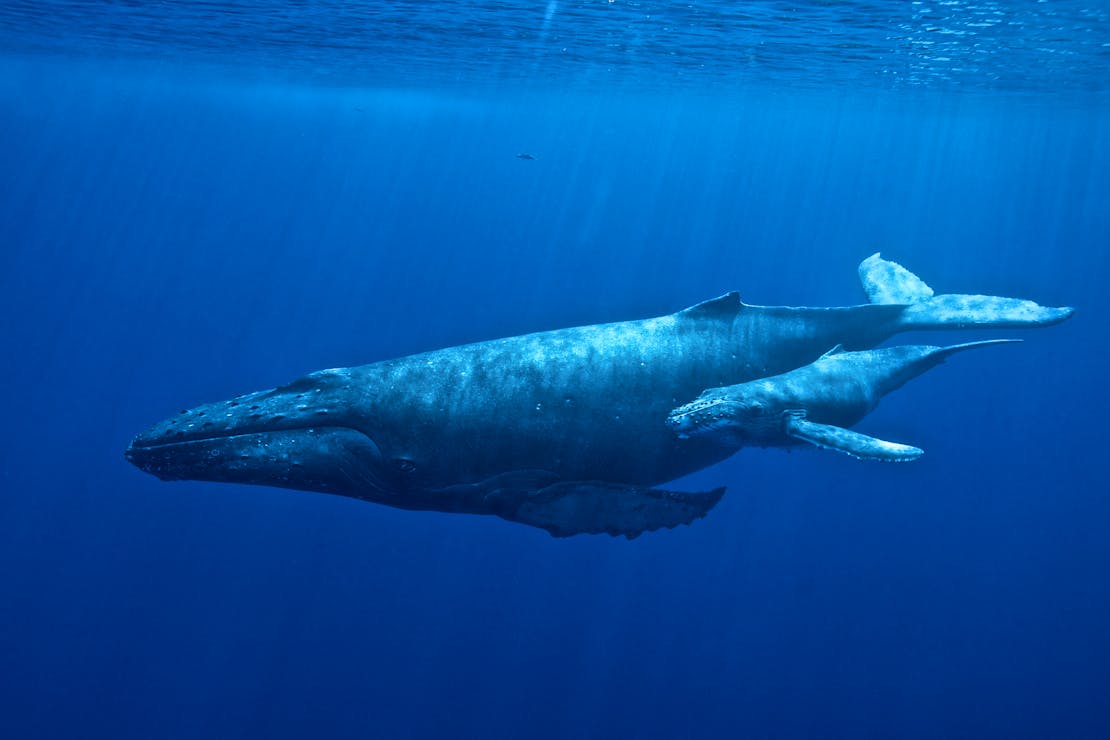Bald eagles and peregrine falcons soar in our skies. Sea turtles and humpback whales swim off our shores. But all of these animals would have ceased to exist if we hadn’t stepped in to save them. Preserving wildlife resonates with who we are as Americans.
We’ve successfully achieved this over the past 50 years through the Endangered Species Act. This monumental law has preserved our nation’s cherished wildlife and habitats for decades and has been continually backed with strong bipartisan support. But the very wildlife our country has fought so hard to protect is now under threat from Congress and the administration.
Congress is poised to gut the ESA while our nation continues to face an extinction crisis. The proposed ESA Amendments Act of 2025, authored by Representative Bruce Westerman (R-Ark.), would more aptly be called the Extinction Act, as it could mean a death sentence for countless species already teetering on the edge of extinction.
How are bills made?
Someone sees a problem they want to fix or has an idea about how to make a process different. That’s how laws and bills start. A representative will sponsor and introduce the idea — in a more formal and fleshed out way — as a bill.
In the House of Representatives, for example, bills are introduced and then voted on in a committee, which is a smaller subset of Representatives who vet bills on specific topics before the broader Congress considers them. When bills are passed by the committee, they are then moved forward to the House floor to be debated, amended and voted on. If a bill is passed in the House by a simple majority, it may be taken up by the Senate and goes through the process all over again. This part of the process can also work in the reverse direction with the Senate voting first and then the House.
Once both the Senate and House have passed a bill, a committee from both work through any differences and the final agreed upon bill is then sent to the president who has 10 days to sign or veto it. If signed, the bill becomes law.
Where is the ESA Amendments Act in the process?
As of May 13, 2025, the ESA Amendments Act was introduced and is poised for action before the House Committee on Natural Resources.
Why is Westerman’s bill bad for wildlife?
This legislation would strip away critical protections for species listed as endangered or threatened, slow the process of extending protections to imperiled ones, and unravel progress in preserving our nation’s natural heritage. Critical habitat that imperiled wildlife rely on for survival could more easily be destroyed and local entities would be allowed to cherry pick what counts as the “best” available science. All of this weakens safeguards and increases the risks of extinction.
Undermining the ESA could have dire consequences and goes against the values of Americans on both sides of the aisle. Nationwide polling commissioned by Defenders of Wildlife this year revealed 95% of voters support the ESA and understand caring for our wildlife is caring for ourselves.
How effective is the ESA?
The ESA has saved 99% of listed species from extinction and hundreds are on the path to recovery today.
A prime example of conservation success thanks to the ESA is the bald eagle — a symbol of American freedom — which once teetered on the brink of extinction due to DDT poisoning but is now a thriving species. We worked together, across the aisle, to save this national icon.
Another example is the American alligator. In the 1950s, there were only an estimated 50 American alligators left in North America. The ESA prohibited alligator hunting and protected their habitat for many years and alligator populations rebounded. Today, there are now an estimated five million alligators in the United States. The ESA has also saved beloved animals like sea turtles and humpback whales from disappearing forever.
Unfortunately, the Westerman’s bill aka the Extinction Act threatens the opposite fate for animals still at risk of extinction.
What can we do to stop it?
We cannot claim to cherish this nation’s natural beauty while dismantling the very laws protecting it. Congress must say NO to the ESA Amendments Act of 2025. Write and call your representatives and share your opposition to Westerman’s bill with them. Spread the word and facts about this bill with your friends and family too so we can all come together to defend the ESA.
If we allow this dangerous “amendments” bill to pass, we risk losing not only our endangered wildlife but also part of who we are as Americans. The time to speak out is now, before silence becomes the only sound left in our wilderness.














